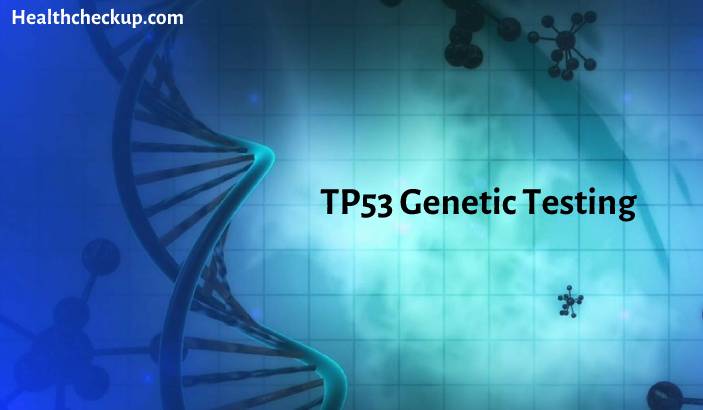The TP53 genetic test is a laboratory test that looks for changes (mutations) in the TP53 gene. The TP53 gene provides instructions for making a protein called p53, which helps regulate the cell cycle and prevent the growth of abnormal cells.
The purpose of a TP53 genetic test is to help diagnose and monitor certain types of cancer, including leukemias, lymphomas, and solid tumors. It may also be used to evaluate an individual’s risk of developing certain types of cancer, such as breast, ovarian, or lung cancer.
Preparation for a TP53 genetic test typically involves collecting a sample of cells or tissue from the patient, which can be obtained through a biopsy or by using a swab to collect cells from the inside of the cheek. The procedure for the test involves analyzing the sample for changes in the TP53 gene.
Results of a TP53 genetic test may be reported as positive or negative for a specific mutation. A positive result may indicate an increased risk of developing certain types of cancer or may suggest the presence of cancer. A negative result may indicate a lower risk of developing certain types of cancer or may suggest that cancer is not present.
There are generally no risks associated with a TP53 genetic test. However, the procedure for collecting the sample (such as a biopsy) may carry some risks, including bleeding, infection, and scarring.








